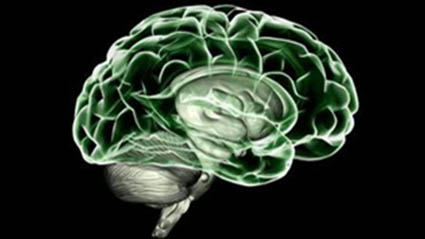Brain changes tied to electroconvulsive therapy
14 January 2014

Bogdan Draganski’s team, from the ‘Laboratoire de recherche en neuroimagerie (LREN)’ at CHUV/UNIL, publishes an article highlighting the potential effects of electroconvulsive therapy on the brain.
Electroconvulsive therapy (ECT), a treatment with electroshock for mood disorders, is controversial in psychiatry. How does a major electrical discharge over half the brain result in recovery in disorders such as refractory major depression and manic depression, which are apparently different diseases?
Led by Bogdan Draganski, neuroscientists from Lausanne and Berlin attempted to uncover changes in brain anatomy and clinical symptoms associated with ECT in a neuroimaging study. The results are published in Proceedings of the National Academy of Sciences (PNAS).
They show differential, highly specific, spatially distributed effects of ECT on regional brain structure in two populations: patients with unipolar or bipolar disorder. Unipolar and bipolar patients respond differentially to ECT and the associated local brain volume changes, which occur in areas previously associated with these diseases, correlate with symptom severity and the therapeutic effect. This unique evidence shows that electrophysical therapeutic effects, although applied generally, take on regional significance through interactions with brain pathophysiology.
In conclusion, an interaction between electroconvulsive therapy and specific pathology appears to be responsible for the therapeutic effect. These results have implications for other electrically based brain treatments, such as deep brain stimulation and transcranial magnetic stimulation.
Author : Anne-Muriel Brouet
Reference :
Dukart J, Regen F, Kherif F, Colla M, Bajbouj M, Heuser I, Frackowiak RS, Draganski B;
Electroconvulsive therapy-induced brain plasticity determines therapeutic outcome in mood disorders.
PNAS USA 111(3):1156-61, Jan 2014. doi:10.1073/pnas.1321399111 >
